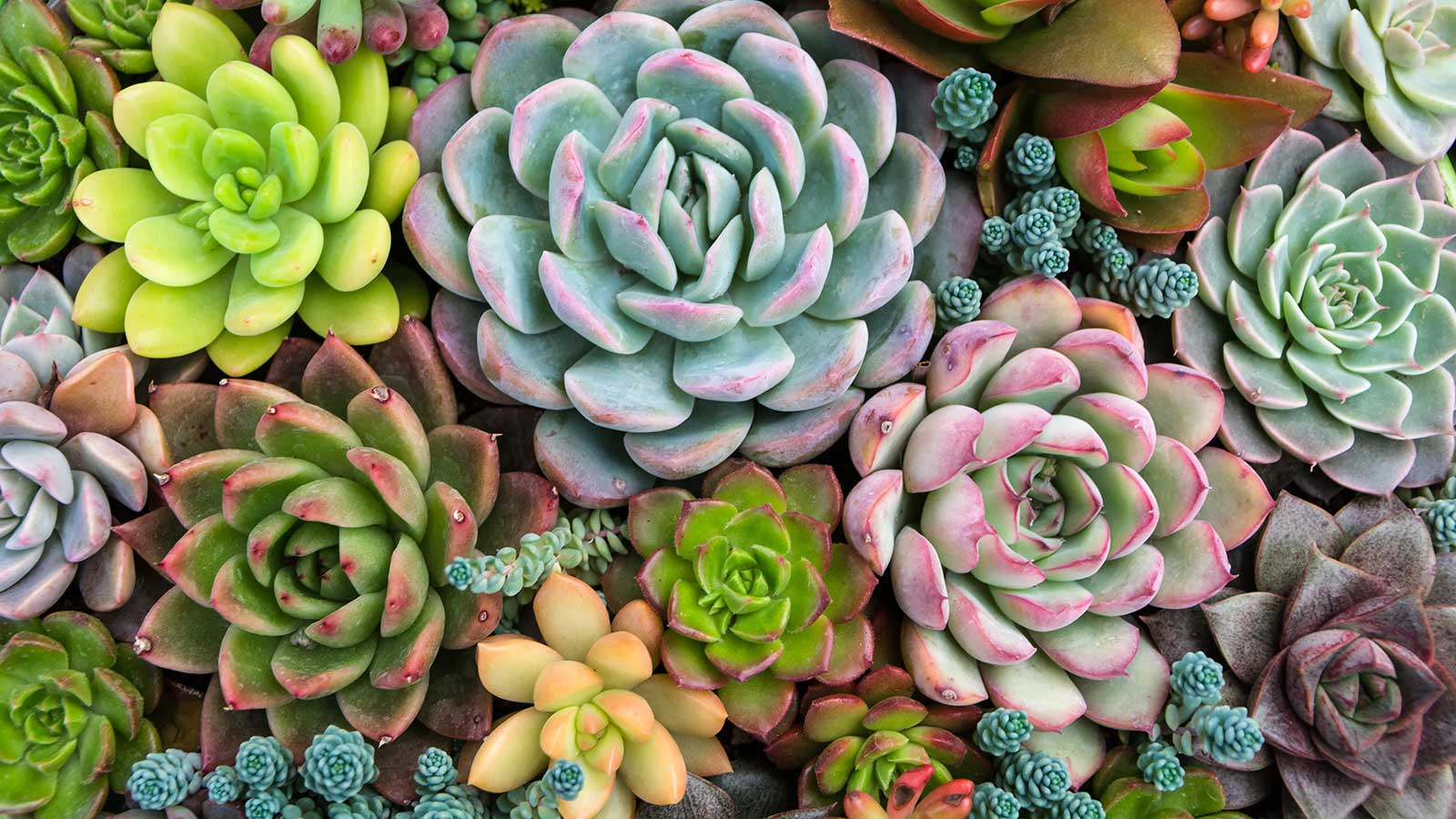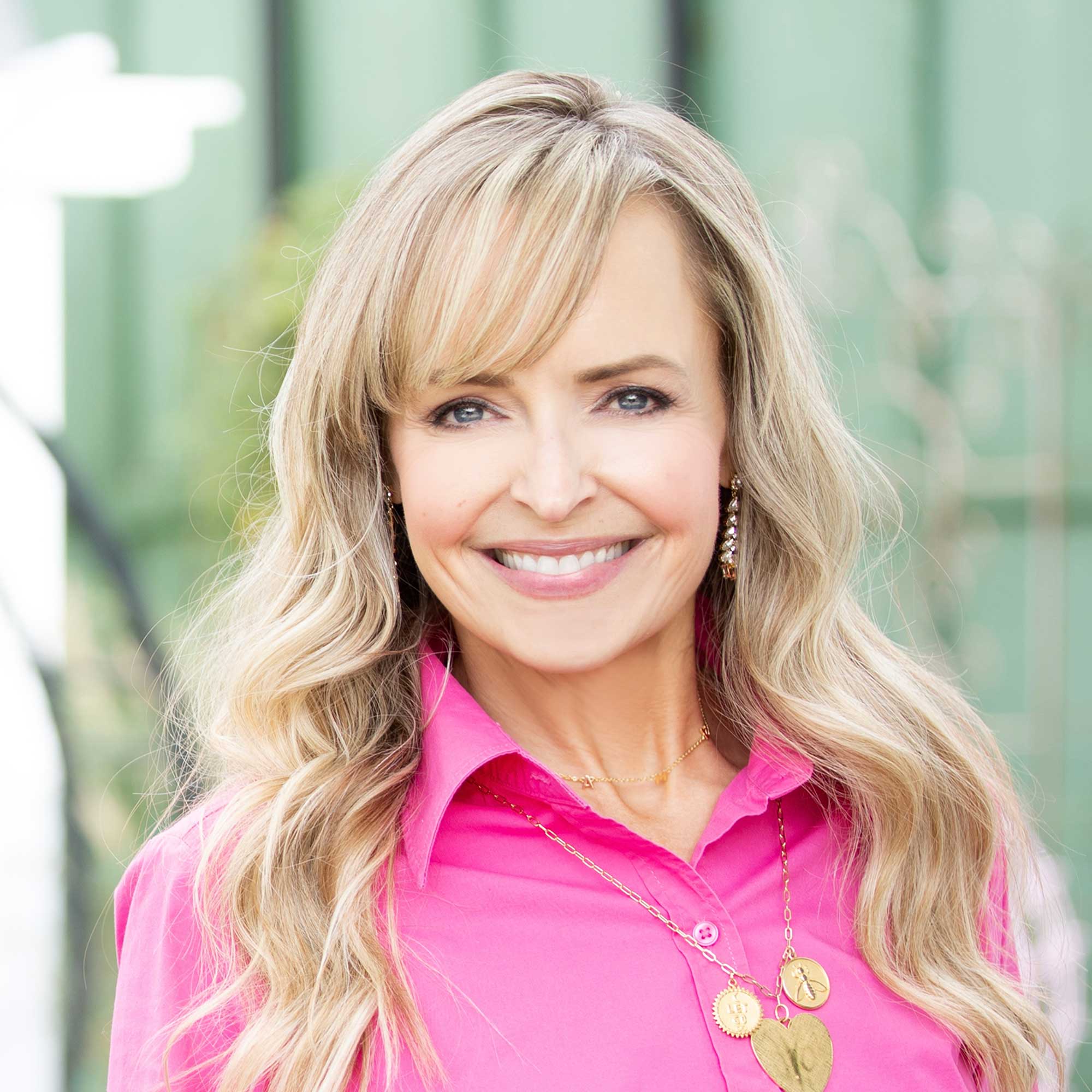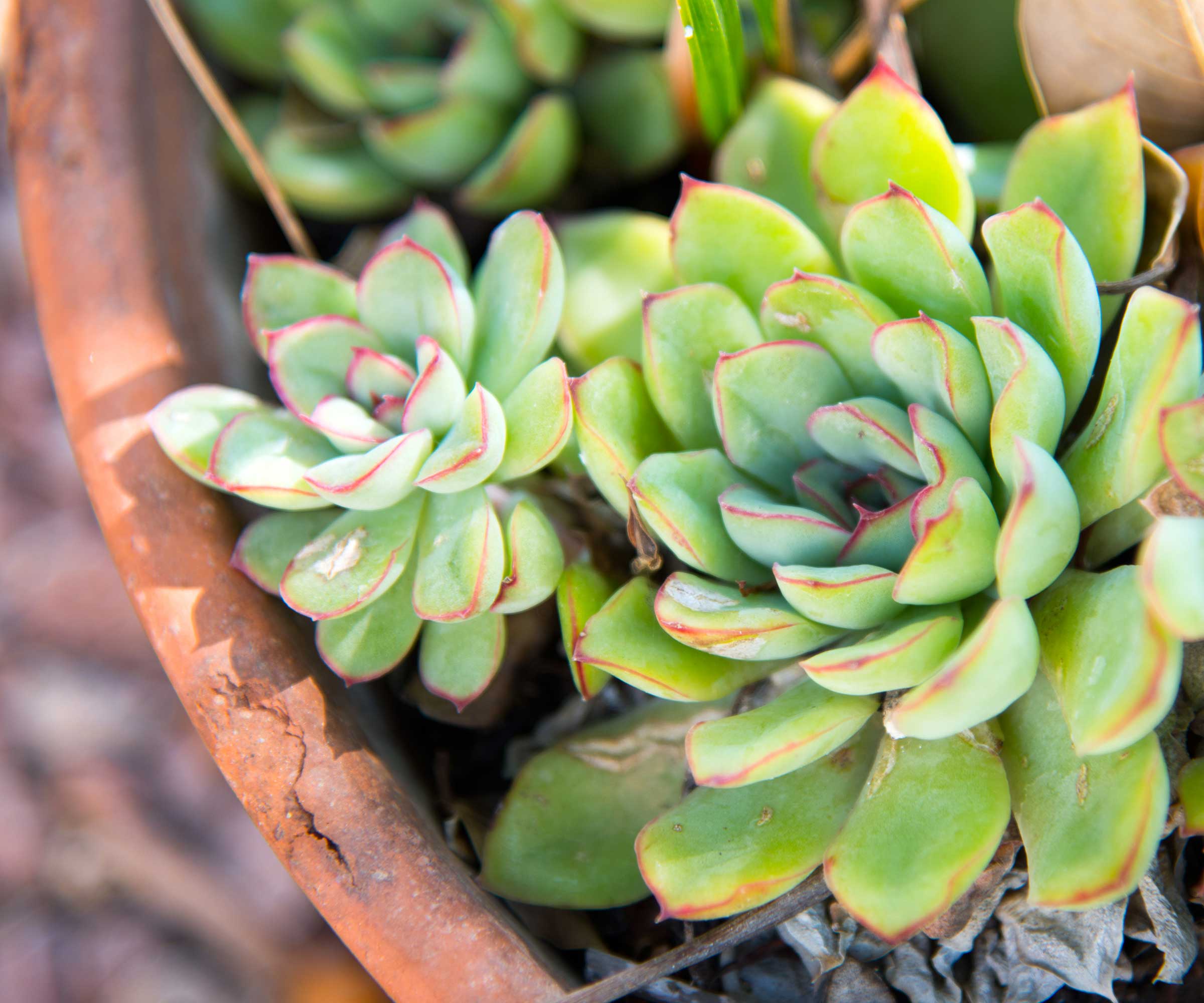Succulent mistakes – 5 common errors to avoid when caring for these plants
Experts explain what to steer clear of when growing aloes, echeveria, and other types of succulents indoors


While succulents are easy to look after, there are a few common mistakes plant parents make. These errors can lead to drooping, discolored, and eventually dead houseplants, but with a bit of expert know-how, they can be avoided.
The main thing to remember is that succulents have slightly different needs than most tropical houseplants. Treating them all the same – by following identical watering routines or using one type of potting soil for all your indoor plants, for instance – is likely to cause problems.

Succulents don't need the same care routine as other types of houseplants
5 easy mistakes when looking after succulents
Whether you’re caring for an aloe, an echeveria, a jade plant, or another type of succulent, these are the key mistakes to avoid.
1. Giving them too much water

Soggy soil can cause succulents to rot
Nastya Vasylchyshyna, a professional botany expert for the Plantum app, highlights how overwatering is the most common mistake when caring for succulents. ‘These plants are adapted to surviving droughts by storing water in their foliage and stems, so overwatering almost always leads to their root systems rotting and dying off,' she explains.
So, how often should you water succulents? Jen McDonald, co-founder of Garden Girls, says, ‘A quick weekly soil drench from spring to summer is ideal. This is when most succulents grow and need a bit more hydration. During fall and winter, you really only need to water once a month, or when the soil is completely dry.’
‘Remember that it’s always better to underwater a succulent than to overwater it,’ Nastya says. You should also water them carefully to avoid leaving any water droplets on the foliage, she adds.

Nastya is a professional botany expert for the Plantum app that helps identify plants and plant diseases and provides care recommendations. Her specialization is plant morphology, phytopathology, and plant physiology.

Jen McDonald is a garden expert and co-founder of Garden Girls, LLC, based in Houston, TX. With 14 raised garden beds and 400 square feet of garden space, Jen grows cut flowers to peanuts, amaranth to okra, and everything in between.
2. Misting your succulents

Misting is beneficial for some houseplants, but it can harm succulents over time
Not only should you avoid overwatering your succulents, but you should also avoid misting them. Many tropical plants, such as pothos and peace lilies, benefit from higher humidity levels to replicate their natural environment. However, succulents can suffer from the excess moisture, as it can lead to problems with rot.
Design expertise in your inbox – from inspiring decorating ideas and beautiful celebrity homes to practical gardening advice and shopping round-ups.
‘Take care not to place these plants in humid environments or next to humidifiers,’ Nastya advises.
Top tip: Succulents aren’t suited to closed terrariums as the humidity levels are too high. Plant them in open designs, instead.
3. Not giving them enough sunlight

Succulents need bright light to thrive
‘Like most plants, succulents need bright light to thrive,’ says Jen. ‘Six hours a day is advised.'
Nastya agrees that these plants need plenty of light. ‘Ideally, they should be placed on south-facing windowsills, but southwestern, western, and eastern ones should do as well.
‘Don’t place your succulents far into the room, as insufficient lighting will make them weak, pale, leggy, and deformed,' Nastya adds.
Top tip: While bright light is important, be mindful that direct sunlight for long periods of the day can scorch succulents’ leaves.
4. Using the wrong type of potting soil

Using a suitable potting soil is important
The best type of soil for succulents is one that is light and drains well. There are specific mixes made for these types of plants which include coarser materials to reduce compaction and prevent waterlogging. An example is this cactus and succulent soil from Perfect Plants Nursery.
Adding amendments, such as perlite and coarse sand, can make a regular potting soil more appropriate for succulents.
5. Putting them somewhere too hot or too cold

Temperature fluctuations can shock houseplants
As with all houseplants, try to keep your succulents protected from central heating and away from other areas where the temperature is prone to fluctuate. It’s generally advised to keep them somewhere that’s 40°Farenheit and up.
I have experienced the effects different temperatures can have on succulents firsthand. Last summer, I propagated a very congested aloe by dividing it up into lots of smaller plants. These are now in various locations in my apartment. Two have been sat on a radiator cover, and to no surprise, have dried out at the tips from the hot, rising air. In contrast, one next to a cold, drafty window has flopped over entirely during the winter months. The aloes in more stable, room-temperature positions are much happier.
FAQs
Does the type of container that you plant your succulent in matter?
Yes – as succulents need good drainage, it’s essential to choose a pot that has a drainage hole in the bottom. These upcycled designs by The Sill come in a variety of sizes and on-trend colors.
Terracotta pots are also beneficial for these plants as they are porous. It’s also important to choose a container that isn’t too big for your plant as this can result in overwatering issues.
Can you plant your succulents in the same pot as other houseplants?
Only plant houseplants that have the same care requirements together in the same pot, otherwise some will grow better than others. You may wish to plant a few varieties of succulents together – which should be fine, providing they have the same needs – but do ensure there is a bit of space around each one to prevent humidity from building up.
Give your succulents the right care regime and you'll be rewarded with happy, healthy plants. But remember to keep an eye out for other houseplant mistakes, too, to keep your indoor garden thriving.

Holly started writing about gardening five years ago, and she is a regular contributor to Homes & Gardens. She has also written many gardening features for Woman & Home and Real Homes, too. She has previous experience as a professional gardener, where she helped to plant and maintain private gardens. Holly has also looked after allotment plots over the years and loves to grow her own flowers and veggies from seed. In her spare time, she enjoys visiting local gardens, botanical drawing, and tending to her ever-growing collection of houseplants.